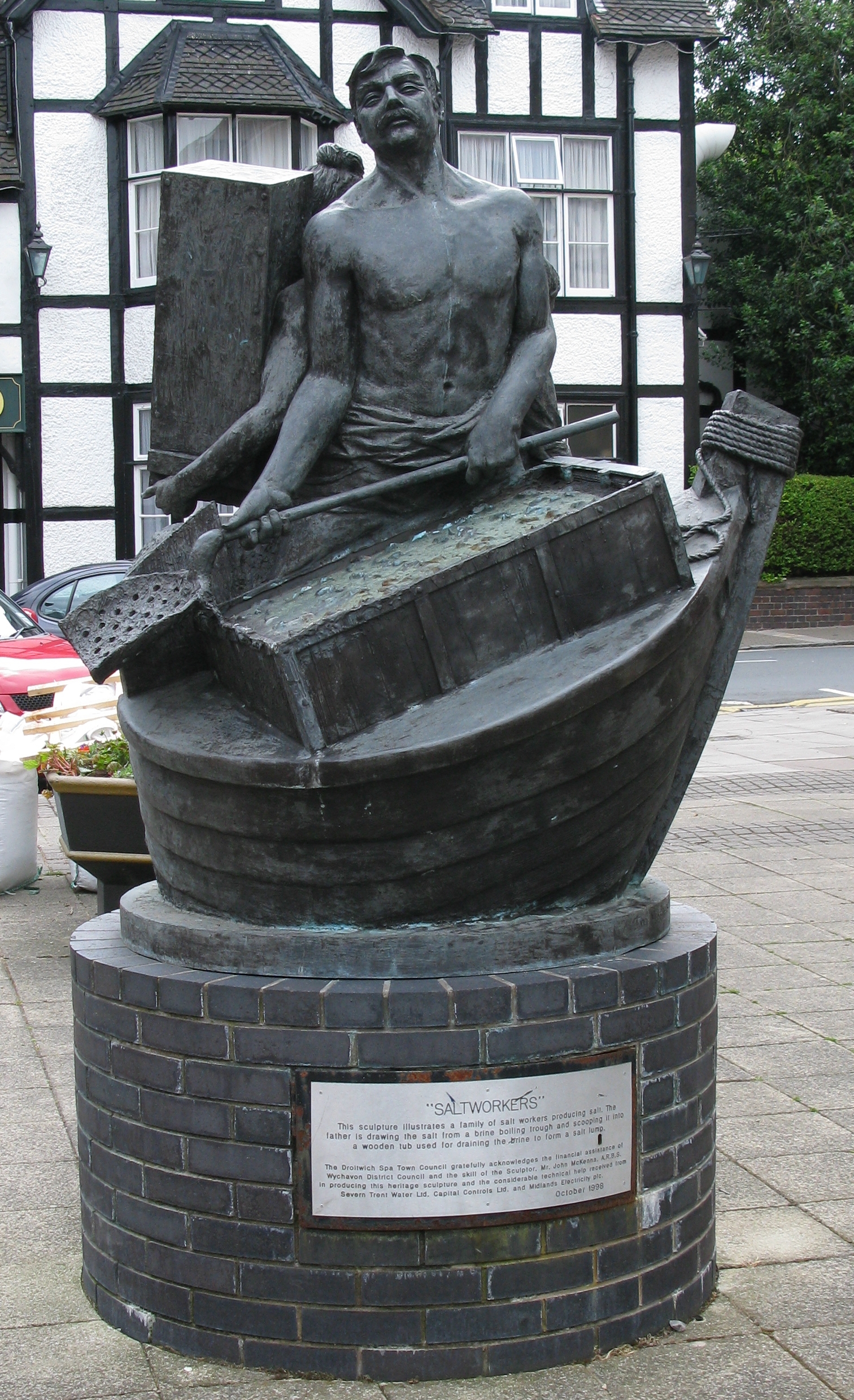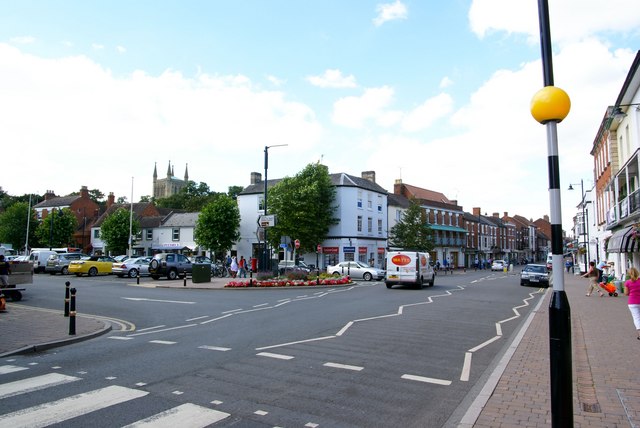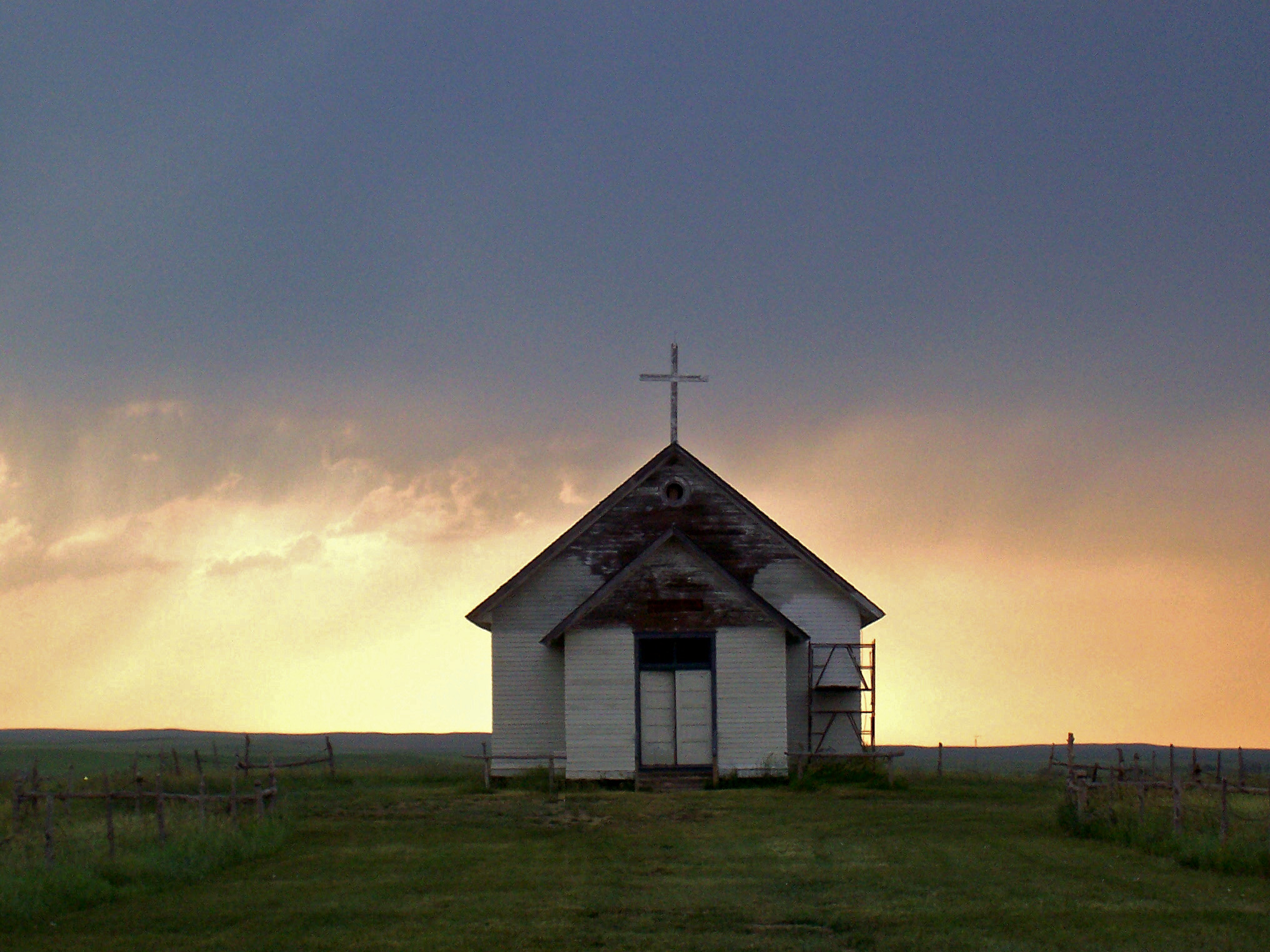|
Christopher Russell Campling
Christopher Russell Campling (4 July 1925 – 9 December 2020) was a British Anglican priest who was the Dean of Ripon. Early life and education Campling was born on 4 July 1925 and educated at Lancing College and St Edmund Hall, Oxford. Ordained ministry Ordained in 1952 he began his career with a curacy in Basingstoke after which he was a ''Minor Canon'' at Ely Cathedral. He was then appointed Chaplain of his old school. Later Vicar then Rural Dean of Pershore, his next appointment was as Archdeacon of Dudley in 1975 — a post he held jointly with his role as director of education for the Anglican Diocese of Worcester and priest-in-charge of St Augustine's Church, Dodderhill, Droitwich. Then, in 1984, he was appointed Dean of Ripon. After 11 years as head of Ripon Cathedral, he retired from full-time ministry. Campling belonged to the liberal wing of the Church of England. He was a supporter of ecumenism, the ordination of women The ordination of women to ... [...More Info...] [...Related Items...] OR: [Wikipedia] [Google] [Baidu] |
The Very Reverend
The Very Reverend is a Style (manner of address), style given to members of the clergy. The definite article "The" should always precede "Reverend" as "Reverend" is a style or fashion and not a title. Catholic In the Catholic Church, the style is given, by custom, to priests who hold positions of particular note: e.g. vicars general, episcopal vicars, judicial vicars, ecclesiastical judges, vicars forane (deans or archpriests), provincials of religious orders, rectors or presidents of cathedrals, seminaries or colleges/universities, priors of monasteries, Canon (priest), canons, for instance. (The style is ignored if the holder is a monsignor or a bishop; otherwise, a priest who is "Very Reverend" continues to be addressed as Father.) Monsignors of the grade of Chaplain of His Holiness were formerly styled as ''The Very Reverend Monsignor'', while honorary prelates and protonotary apostolics were styled ''The Right Reverend Monsignor''. Now, apart from legitimate custom or acquire ... [...More Info...] [...Related Items...] OR: [Wikipedia] [Google] [Baidu] |
Basingstoke
Basingstoke ( ) is the largest town in the county of Hampshire. It is situated in south-central England and lies across a valley at the source of the River Loddon, at the far western edge of The North Downs. It is located north-east of Southampton, south-west of London, 27 miles (43 km) west of Guildford, south of Reading and north-east of the county town and former capital Winchester. According to the 2016 population estimate, the town had a population of 113,776. It is part of the borough of Basingstoke and Deane and part of the parliamentary constituency of Basingstoke. Basingstoke is an old market town expanded in the mid-1960s, as a result of an agreement between London County Council and Hampshire County Council. It was developed rapidly after the Second World War, along with various other towns in the United Kingdom, in order to accommodate part of the London 'overspill' as perceived under the Greater London Plan in 1944. Basingstoke market was mentioned in ... [...More Info...] [...Related Items...] OR: [Wikipedia] [Google] [Baidu] |
Churchmanship
Churchmanship (or churchpersonship; or tradition in most official contexts) is a way of talking about and labelling different tendencies, parties, or schools of thought within the Church of England and the sister churches of the Anglican Communion. Overview The term is derived from the older noun ''churchman'', which originally meant an ecclesiastic or clergyman but, some while before 1677, it was extended to people who were strong supporters of the Church of England and, by the nineteenth century, was used to distinguish between Anglicans and Dissenters. The word "churchmanship" itself was first used in 1680 to refer to the attitude of these supporters but later acquired its modern meaning. While many Anglicans are content to label their own churchmanship, not all Anglicans would feel happy to be described as anything but "Anglican". Today, in official contexts, the term "tradition" is sometimes preferred. "High" and " Low", the oldest labels, date from the late seventeenth ce ... [...More Info...] [...Related Items...] OR: [Wikipedia] [Google] [Baidu] |
Liberal Christianity
Liberal Christianity, also known as Liberal Theology and historically as Christian Modernism (see Catholic modernism The Catholic Church, also known as the Roman Catholic Church, is the largest Christian church, with 1.3 billion baptized Catholics worldwide . It is among the world's oldest and largest international institutions, and has played a ... and Fundamentalist–Modernist controversy), is a movement that interprets Christianity, Christian teaching by taking into consideration modern knowledge, science and ethics. It emphasizes the importance of reason and experience over doctrinal authority. Liberal Christians view their theology as an alternative to both atheistic rationalism and theologies based on traditional interpretations of external authority, such as the Bible or sacred tradition. Liberal theology grew out of the Enlightenment's rationalism and Romanticism of the 18th and 19th centuries. By the late 19th and early 20th centuries, it was cha ... [...More Info...] [...Related Items...] OR: [Wikipedia] [Google] [Baidu] |
The Times
''The Times'' is a British daily national newspaper based in London. It began in 1785 under the title ''The Daily Universal Register'', adopting its current name on 1 January 1788. ''The Times'' and its sister paper ''The Sunday Times'' (founded in 1821) are published by Times Newspapers, since 1981 a subsidiary of News UK, in turn wholly owned by News Corp. ''The Times'' and ''The Sunday Times'', which do not share editorial staff, were founded independently and have only had common ownership since 1966. In general, the political position of ''The Times'' is considered to be centre-right. ''The Times'' is the first newspaper to have borne that name, lending it to numerous other papers around the world, such as ''The Times of India'', ''The New York Times'', and more recently, digital-first publications such as TheTimesBlog.com (Since 2017). In countries where these other titles are popular, the newspaper is often referred to as , or as , although the newspaper is of nationa ... [...More Info...] [...Related Items...] OR: [Wikipedia] [Google] [Baidu] |
Droitwich
Droitwich Spa (often abbreviated to Droitwich ) is an historic spa town in the Wychavon district in northern Worcestershire, England, on the River Salwarpe. It is located approximately south-west of Birmingham and north-east of Worcester. The town was called Salinae in Roman times, then later called Wyche, derived from the Anglo-Saxon Hwicce kingdom, referred to as "Saltwich" according to Anglo-Saxon charters, with the Droit (meaning "right" in French) added when the town was given its charter on 1 August 1215 by King John. The "Spa" was added in the 19th century when John Corbett developed the town's spa facilities. The River Salwarpe running through Droitwich is likely derived from ''sal'' meaning "salt" and ''weorp'' which means "to throw up" - i.e. "the river which throws up salt" - which overflows from the salt brines. The town is situated on massive deposits of salt, and salt has been extracted there since ancient times. The natural Droitwich brine contains of salt; te ... [...More Info...] [...Related Items...] OR: [Wikipedia] [Google] [Baidu] |
Dodderhill
Dodderhill is a civil parish, near Droitwich, Worcestershire, England, located on the River Salwarpe. The parish is bisected by the M5 motorway, constructed in 1962. It is home to the Droitwich transmitting station in Wychbold. History One of the earliest mentions of Dodderhill is of the Saxon Royal Palace recorded in the Saxon Charter of AD 692. There was once a Roman fort and later an Anglo-Saxon church. The parish church of St. Augustine's, is on the hill overlooking Droitwich Spa. It was completed in 1220 and rebuilt in the 18th century. A possible ley tunnel is said by archeologists to lead from St Augustine's, to Friar Street Droitwich Spa, part of a system of tunnels linking St Augustine's and St Andrew's churches.Worcester News archives: Droitwich Sp ... [...More Info...] [...Related Items...] OR: [Wikipedia] [Google] [Baidu] |
Anglican Diocese Of Worcester
The Diocese of Worcester forms part of the Church of England (Anglican) Province of Canterbury in England. The diocese was founded around 679 by St Theodore of Canterbury at Worcester to minister to the kingdom of the Hwicce, one of the many Anglo Saxon petty-kingdoms of that time. The original borders of the diocese are believed to be based on those of that ancient kingdom. Covering an area of it currently has parishes in: *the County of Worcestershire *the Metropolitan Borough of Dudley *northern Gloucestershire *urban villages along the edge of the south-east of the Metropolitan Borough of Wolverhampton *the Metropolitan Borough of Sandwell Currently the diocese has 190 parishes with 281 churches and 163 stipendiary clergy. The diocese is divided into two archdeaconries: *the Archdeaconry of Worcester *the Archdeaconry of Dudley On its creation the diocese included what is now southern and western Warwickshire (an area known as Felden). On 24 January 1837 the north a ... [...More Info...] [...Related Items...] OR: [Wikipedia] [Google] [Baidu] |
Pershore
Pershore is a market town in the Wychavon district in Worcestershire, England, on the banks of the River Avon. The town is part of the West Worcestershire parliamentary constituency. At the 2011 census, the population was 7,125. The town is best known for Pershore Abbey, Pershore College (now a campus of Warwickshire College) and plums grown locally. Pershore is situated on the River Avon, west of Evesham and east of Upton-upon-Severn in the Vale of Evesham, a district rich in fruit and vegetable production. History The town contains much elegant Georgian architecture. In 1964 the Council for British Archaeology included Pershore in its list of 51 British "Gem Towns" worthy of special consideration for historic preservation, and it has been listed as an outstanding conservation area. Parts of the abbey, which stand in an expanse of public grassland close to the centre of the town, date from the 11th century. The current structure is far smaller than the original build ... [...More Info...] [...Related Items...] OR: [Wikipedia] [Google] [Baidu] |
Rural Dean
In the Roman Catholic Church and the Anglican Communion as well as some Lutheran denominations, a rural dean is a member of clergy who presides over a "rural deanery" (often referred to as a deanery); "ruridecanal" is the corresponding adjective. In some Church of England dioceses rural deans have been formally renamed as area deans. Origins The title "dean" (Latin ''decanus'') may derive from the custom of dividing a hundred into ten tithings, not least as rural deaneries originally corresponded with wapentakes, hundreds, commotes or cantrefi in Wales. Many rural deaneries retain these ancient names.Cross, F. L., ed. (1957) ''The Oxford Dictionary of the Christian Church''. London: Oxford University Press; p. 1188. The first mention of rural deans comes from a law made by Edward the Confessor, which refers to the rural dean being appointed by the bishop "to have the inspection of clergy and people from within the district to which he was incumbent... to which end ehad power to ... [...More Info...] [...Related Items...] OR: [Wikipedia] [Google] [Baidu] |
Vicar
A vicar (; Latin: ''vicarius'') is a representative, deputy or substitute; anyone acting "in the person of" or agent for a superior (compare "vicarious" in the sense of "at second hand"). Linguistically, ''vicar'' is cognate with the English prefix "vice", similarly meaning "deputy". The title appears in a number of Christian ecclesiastical contexts, but also as an administrative title, or title modifier, in the Roman Empire. In addition, in the Holy Roman Empire a local representative of the emperor, perhaps an archduke, might be styled "vicar". Roman Catholic Church The Pope uses the title ''Vicarius Christi'', meaning the ''vicar of Christ''. In Catholic canon law, ''a vicar is the representative of any ecclesiastic'' entity. The Romans had used the term to describe officials subordinate to the praetorian prefects. In the early Christian churches, bishops likewise had their vicars, such as the archdeacons and archpriests, and also the rural priest, the curate who had the ... [...More Info...] [...Related Items...] OR: [Wikipedia] [Google] [Baidu] |
Chaplain
A chaplain is, traditionally, a cleric (such as a Minister (Christianity), minister, priest, pastor, rabbi, purohit, or imam), or a laity, lay representative of a religious tradition, attached to a secularity, secular institution (such as a hospital, prison, Military organization, military unit, intelligence agency, embassy, school, labor union, business, Police, police department, fire department, university, sports club), or a private chapel. Though originally the word ''chaplain'' referred to representatives of the Christian faith, it is now also applied to people of other religions or philosophical traditions, as in the case of chaplains serving with military forces and an increasing number of chaplaincies at U.S. universities. In recent times, many lay people have received professional training in chaplaincy and are now appointed as chaplains in schools, hospitals, companies, universities, prisons and elsewhere to work alongside, or instead of, official members of the clergy ... [...More Info...] [...Related Items...] OR: [Wikipedia] [Google] [Baidu] |






